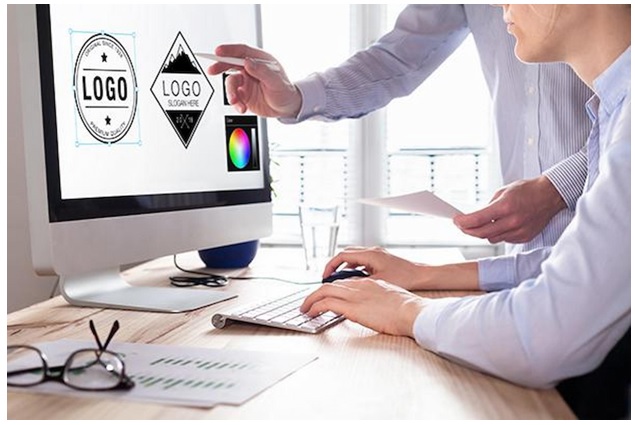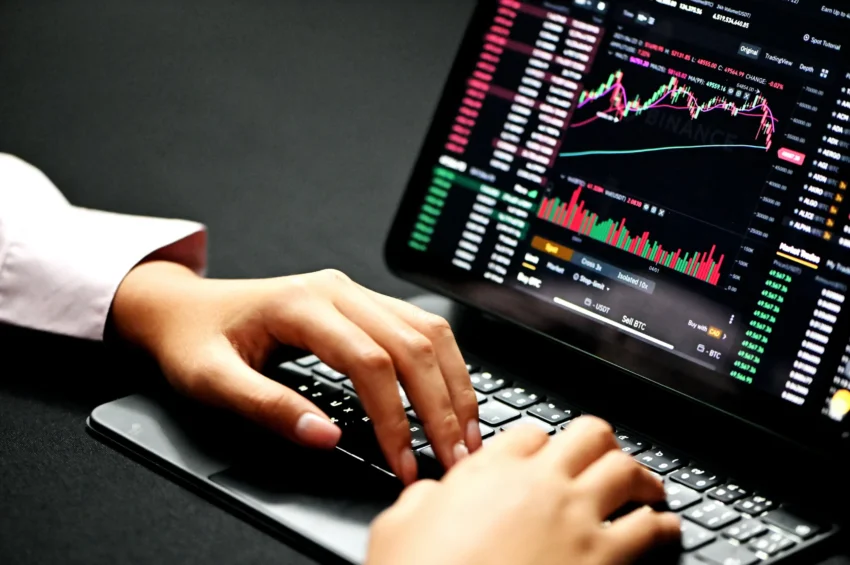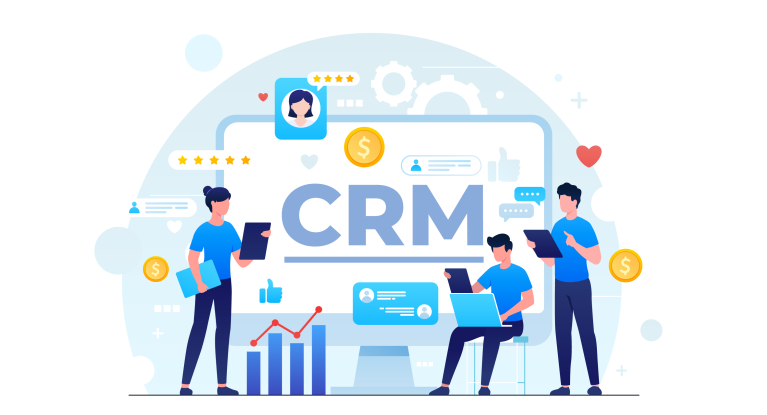The transition from traditional hand-drawn sketches to digital formats has become increasingly common in artistry. This transformation not only preserves the essence of the original creation but also opens up a world of possibilities for enhancing and sharing artwork.
One of the most powerful techniques in this process is vector artwork conversion. By digitising hand-drawn sketches into vector graphics, artists can retain the integrity of their designs while gaining the flexibility and scalability offered by digital platforms.
This article explores the nuanced process of converting hand-drawn artwork into digital masterpieces utilising vector artwork conversion techniques.
The Essence of Vector Artwork Conversion
Vector artwork conversion involves converting raster images into vector graphics, such as hand-drawn sketches.
Unlike raster images, which are composed of pixels and can lose quality when resized, vector graphics are based on mathematical equations, allowing for infinite scalability without losing quality. This process involves tracing the outlines and shapes of the original artwork and converting them into vector paths using specialised software tools.
By converting hand-drawn sketches into vectors, artists can create scalable and editable digital versions of their artwork.
Tools and Techniques for Vector Artwork Conversion
Several tools and techniques are available for vector artwork conversion, catering to different skill levels and preferences. For beginners, automated tracing tools in software can quickly convert hand-drawn sketches into vector graphics with minimal manual intervention.
These tools analyse the contrast and contours of the original sketch and generate vector paths accordingly. However, manual tracing techniques are often preferred for precise control and customisation.
By using the Pen Tool, artists can meticulously trace the outlines and details of their hand-drawn artwork, ensuring accuracy and fidelity in the conversion process.
Enhancing Hand-Drawn Artwork Digitally
Once the hand-drawn artwork is converted into vector graphics, artists can leverage the capabilities of digital software to enhance and embellish their creations further.
Vector graphics offer unparalleled flexibility, allowing artists to easily manipulate individual elements, adjust colours, and add special effects.
By experimenting with different techniques such as gradient fills, transparency effects, and layering, artists can breathe new life into their hand-drawn sketches, transforming them into vibrant and dynamic digital masterpieces.
Moreover, vector artwork conversion opens up opportunities for collaboration and sharing, as digital files can be easily shared and modified across various platforms and devices.
Preserving Artistic Integrity in the Digital Realm
While digital enhancements can elevate hand-drawn artwork to new heights, preserving the authenticity and integrity of the original creation throughout the conversion process is essential.
Artists should strive to maintain their hand-drawn sketches’ unique characteristics and nuances, ensuring that the digital rendition remains true to the artist’s vision. It involves careful attention to detail during the vector artwork conversion process, preserving the artwork’s original lines, textures, and proportions.
By balancing digital enhancements and artistic integrity, artists can create digital masterpieces that honour the essence of their hand-drawn creations.
Leveraging Vector Artwork for Various Applications
Once hand-drawn artwork is transformed into vector graphics, it can be utilised across various applications. Vector graphics are versatile and can be scaled to any size without losing quality, making them ideal for multiple purposes, such as printing, web design, merchandise creation, and more.
Artists can use their digitally enhanced creations to produce high-quality prints, posters, and merchandise items, ensuring their artwork reaches a broader audience. Additionally, vector graphics are compatible with graphic design software, allowing artists to incorporate their creations into digital illustrations, logos, and branding materials.
By leveraging vector artwork across different mediums and platforms, artists can maximise the impact and visibility of their work, establishing a distinct and recognisable artistic identity.
Exploring Advanced Techniques in Vector Artwork Conversion
While basic vector artwork conversion techniques focus on tracing outlines and shapes, advanced artists may explore more sophisticated methods to enhance their digital creations further.
Techniques such as gradient mesh, variable-width strokes, and mesh distortion offer advanced control over colour blending, line variation, and texture mapping, allowing artists to achieve intricate and lifelike effects in their artwork.
Moreover, artists can create visually stunning compositions seamlessly blending traditional and digital elements by combining vector graphics with raster elements, such as textures and shading.
Advanced artwork conversion techniques require practice and experimentation but offer limitless creative expression and innovation possibilities.
Conclusion
Vector artwork conversion allows artists to transform hand-drawn sketches into digital masterpieces. By harnessing the scalability and flexibility of vector graphics, artists can preserve the integrity of their original creations while unlocking new possibilities for enhancement and sharing.
Whether through automated or manual tracing tools, converting hand-drawn artwork into vectors requires precision, creativity, and attention to detail.
By embracing digital tools and techniques, artists can breathe new life into their hand-drawn sketches, ushering them into the digital realm while staying true to their artistic vision.
With vector artwork, the journey from pen and paper to digital canvas becomes a seamless and exhilarating creative adventure.




